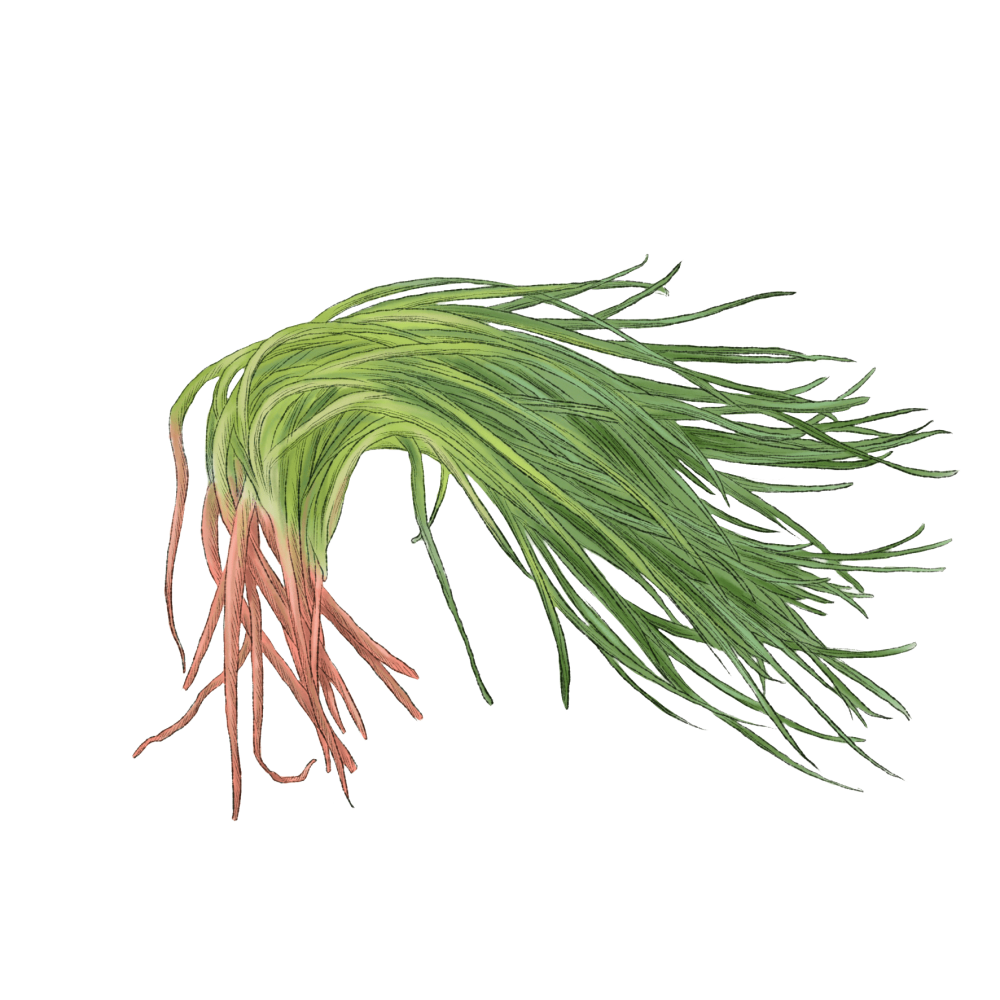Agretti

Latin name: Salsola soda
Other names: monk’s beard, saltwort
Uses: vegetable
What Is Agretti?
Agretti is a wild plant in the amaranth family that is a halophyte — because of its preference for saline soils, it grows in salt marshes and along seashores. You can sometimes find it in farmers’ markets or gourmet shops in the spring.
Why Is Agretti Healthy?
Agretti contains vitamins A and K, calcium, and potassium, and is high in fiber and antioxidants. In some folk traditions, it’s used to treat hypertension and inflammation.
What Does Agretti Taste Like?
Agretti has a crisp, succulent texture and a grassy, minerally flavor similar to spinach. The plant also has a natural saltiness owing to the salinity of the soils on which it grows.
How Do I Use Agretti?
Agretti should be washed well to remove any grit — since it grows in tidal plains it can be somewhat sandy. You can definitely eat it raw in salads; if you cook it at all, do so with a light touch — a quick sauté or blanch, and don’t fuss too much with technique or ingredients.
What Does Agretti Pair Well With?
Agretti is wonderful with Mediterranean flavors like garlic, olive oil, lemons, and parsley, and it’soften served with spaghetti, which matches its long, skinny form. It’s also a natural match for other springtime ingredients like new potatoes, fava beans, and eggs, as well as other briny ingredients like olives. Add it to omelets or frittatas, but also think about pairing it with a pungent Caesar-type dressing, or adding it to a salade Niçoise.
Where Does Agretti Grow?
Agretti grows wild in sandy soils on the shores along the Black Sea and Mediterranean Basin — where it is believed to have originated — as well as the Atlantic coasts of France and Portugal. It’s becoming an invasive weed in Californian salt marshes, which probably explains why it’s been showing up in Los Angeles CSA boxes and farmers’ markets of late.
How To Buy Agretti:
Look for springy, dark green leaves that aren't wilted or slimy. Wrap it loosely in a damp paper towel and store it in a produce bag in the crisper drawer of your refrigerator.
Surprising Agretti Fact:
The ashes from burning agretti yield the compound sodium carbonate, better known as soda ash. Agretti was such an important source of soda ash, an alkali used by Italian soap and glass makers, that the plant was farmed for this purpose until around the 19th century. In the 16th century agretti was a protected trade secret of Venetian glass makers (especially on the island of Murano) whose glass was famed for its supreme clarity.


